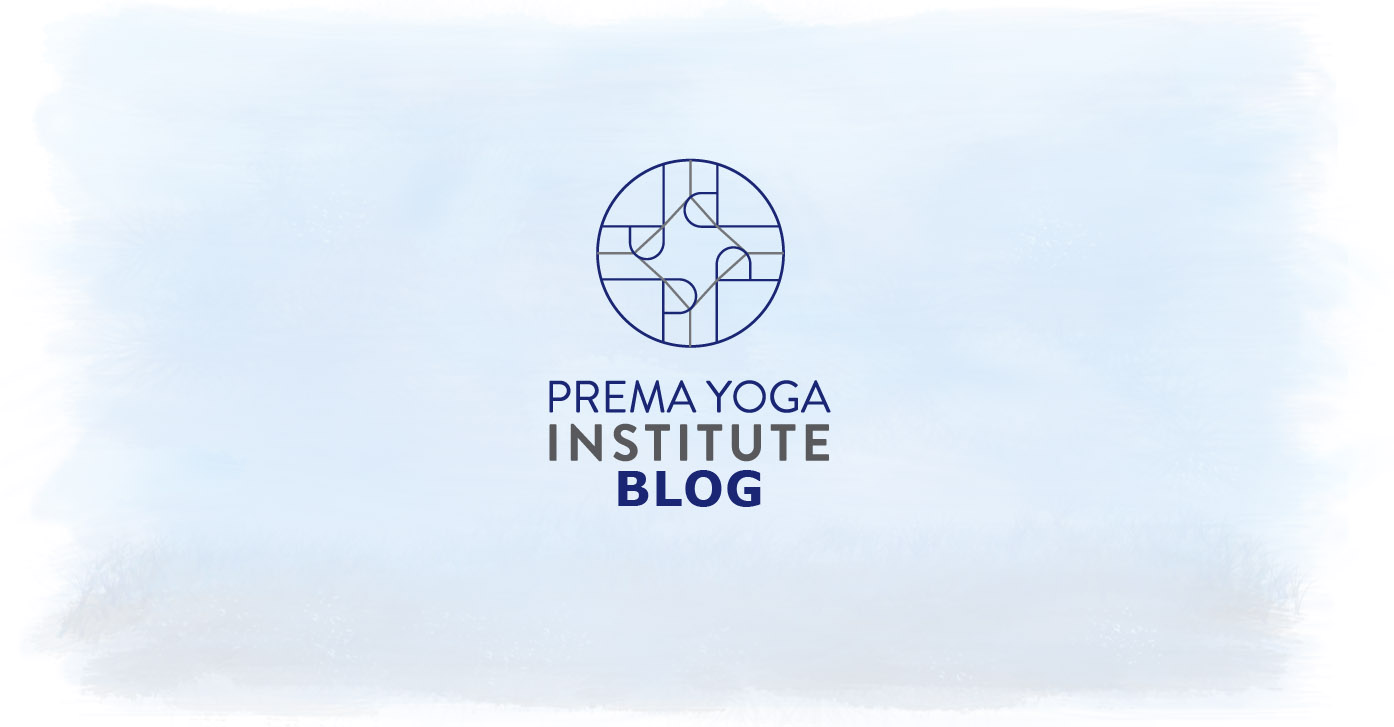
Helpful Hints for Every Kids’ Yoga Instructor
Yoga can be a very fun activity for children. A session can be a space for them to move their bodies while also interacting with other kids. Yoga is more than just movement, after all.
But how do you create an environment where kids can safely learn yoga and enjoy it? This is where a certified kids' yoga instructor can truly shine. Through effective sessions and playful activities, you can help these little ones get the most out of yoga.
In this blog, we’ll share helpful hints that any children’s yoga teacher can use:
Creating Classroom Agreements
Set up a classroom agreement with all of the participants. These can include being present, respectful, and responsible. If you are handling elementary school and above groups, it will be best to come up with the agreement together. Use the yamas and niyamas - the ethical rules of yoga in the Yoga Sutras - as your guide.
Be sure to also clearly identify the specific situations that warrant the removal of the participant from the session.
Being Relatable
To make the yoga sessions fun and interesting, it's important to get to know the participants. Talk to them about their likes and dislikes and incorporate them into your sessions.
Eliminating Distractions
Distractions are fairly easy to get the attention of young ones away from you and what you're teaching. Be sure to eliminate distractions, including unnecessary background noises.
Incorporating Expressive Arts and STEAM
Depending on the age group of participants you are teaching in a yoga session, you have to make sure that you're using age-appropriate materials into your movements. These include science, music, and art. Doing so will help you reach children with varying types of intelligence.
Incorporating Sensory Experiences
As much as possible, make sure to incorporate sensory experiences during your sessions. These include visual, auditory, tactile, vestibular, interoception, and proprioception. While incorporating everything in the entire session may not be logically possible, incorporate them where the participants are amenable.
Modeling
When breathwork exercises and movement, be sure to use modeling. The modeling method is where you perform the movement or activity and then explain the rationale of each step. Doing so helps the kids understand what the activity is for and why they are doing it.
Using Repetition
While children may be eager to learn, it's also important to help them retain the movements and postures that you are teaching them. Repetition will be the best course of action so there's time for integration.
Have a Backup Plan
Since you will be dealing with youngsters with different personalities, there can be instances when your planned session doesn't work out. That's okay. Just be sure to have a tried-and-tested backup plan that you can use.
Using Repetition
While children may be eager to learn, it's also important to help them retain the movements and postures that you are teaching them. Repetition will be the best course of action so there's time for integration.
Using Repetition
While children may be eager to learn, it's also important to help them retain the movements and postures that you are teaching them. Repetition will be the best course of action so there's time for integration.
Conclusion
Teaching a kids’ yoga session can be successful with the help of these tips as well as going through certified kids’ yoga instructor training.
Interested in training to become a Yoga Alliance Certified Kids Yoga Teacher? Our Yoga Alliance-approved Kids’ Inclusive Yoga Teacher Training course is online, and focuses on sharing yoga with all kids! Please check out all the information HERE.
Setting Up the Class (Via Zoom & In-Person): A Guide for Kids’ Yoga Teachers
Over the years, yoga has continued growing in popularity among children. Through kids' yoga, the young ones are able to cultivate self-awareness and inner calmness, while also getting physically active in a fun way. Kids can greatly benefit from yoga through various activities, whether they are in a yoga studio or even in their own homes.
As children, it is important for them to have a well-structured class. A kids' yoga teacher needs to overcome the challenge of keeping these little ones engaged for the entire session as well as teaching them new poses effectively and safely. Kids' yoga instructor training courses can help in developing the skills necessary to overcome such a challenge.
In this blog, we’ll share helpful tips on how you can set up an effective children’s yoga session, whether via online or via in-person.
General Tips for Setting Up Zoom Sessions
Zoom sessions are really popular at this time due to convenience. So, here are some general tips on how to prepare the Zoom session as a certified kids’ yoga instructor:
1. Use the chat box to set parameters.
Depending on the age group of the participants, It’s important to establish the rules beforehand. Use the Zoom chat box to lay down these rules.
2. Use the mute button as necessary.
Younger children can be very vocal during sessions. So make sure to use the mute button to your advantage. Zoom has a feature that allows you to mute participants.
3. Pin/spotlight yourself.
You don’t want the kids to get distracted. Be sure to pin or put the spotlight on yourself so they can focus on you and your instructions.
4. Use emojis as applicable.
Kids love fun. Using emojis during sessions can help make instructions more fun for them.
5. Use things that can be found in their homes.
When performing the online games or activities, be sure to incorporate various things that the young ones can easily find in their homes or easily within their reach. By doing so, you can keep them engaged and not have them wander around looking for such things.
General Tips for In-Person Classes
If you are thinking of setting up in-person classes, these are general tips that most kids’ yoga teacher training programs will advise:
Keep distractions at a minimum.
Children can easily get distracted, especially in the younger age groups. Remove items that are not needed in the session. If you’re unable to physically remove these items, cover them up. Kids won’t be distracted with things they can’t see.
Know the layout of the studio.
Whether it’s your own studio or you’re renting one, it’s important to know where the bathrooms are. Younger participants tend to need the bathrooms often.
Designate a quiet corner.
In relation to the previous tip, you also need to designate a quiet corner. There are certain situations where children may need to take a pause, especially spirited ones.
Ensure even class temperature.
Make sure that the studio is not too hot nor too cold. If possible, ensure that there is bright lighting for the entire area.
Bring props.
Props can keep the attention of the participants in your session. Make sure that these props are helpful and safe.
Be flexible.
Children, depending on the age group, might be very vocal about their preferences. For instance, they might not want to use yoga mats. They might not want to take off their shoes. So, it’s important to have the willingness to be flexible in these situations.
Conclusion
Setting up a fun and effective kids’ yoga session, whether via Zoom or live in-person, can be achievable when you keep these tips in mind. A kids’ yoga teacher training program can also help you set up a complete session for your participants.
Interested in training to become a Yoga Alliance Certified Kids Yoga Teacher? Our Yoga Alliance-approved Kids’ Inclusive Yoga Teacher Training course is online, and focuses on sharing yoga with all kids! Please check out all the information HERE.
Kids’ Yoga and Pranayama: Teaching Fun Breathwork Exercises
Pranayama is one of the eight limbs of yoga. It focuses on breath and its regulation. Through breathwork, one can elevate life energies and improve mental and physical wellness.
In this blog, we’ll list down some of the breathwork exercises that you can implement as a kids’ yoga teacher.
Different Breathwork Exercises
Here are some suggestions for breathwork exercises:
Balloon Breath
Breathe in through the nose and fill up the belly. Then, breathe out through the nose and release air from the belly. Encourage the kids to imagine their belly is a balloon and to feel it with one hand on the navel.
Candle Breath
Breathe through the nose as if smelling a flower. Then, breath out through the mouth as if gently blowing a candle out. This slows down the breath for a calming effect.
Conductor Breath
Quickly inhale through the nose three times. Then, do a long exhale through the nose. The kids can paly as if they are directing a choir to the “beat” of the breath.
Mantra Breath
Breathe in through the nose. Then, breathe out and say a mantra out loud. A mantra can be any positive word or thought repeated, such as “I am happy / I am well.”
Power Breath
Breathe in through the nose. Then, say “Ha!” loudly while exhaling.
Rainbow Breath
Breathe in and breathe out. Repeat this cycle, one each for every rainbow color. With younger kids, you can use the arms to pretend you’re painting a rainbow.
Snake Breath
Breathe in through the nose. Then, breathe out slowly through gritted teeth, emulating a hiss sound.
Sun Breath
Reach your arms out to the sky while breathing in slowly. Then, slowly put the arms down to the sides while breathing out.
Volcano Breath
Squat down while breathing in. Then, breathe out while standing up and making the sound of an exploding volcano.
Here are other exercises you can include:
Ahh! Breath
Bee Breath
Bunny Breath
Cake Breath
Horse Breath
Lion’s Breath
Mirror Breath
Ocean Breath
Rollercoaster Breath
Shape Breath
Shhh! Breath
Straw Breath
Starfish Breath
Check out these sources for other breathing activities:
Breathe Like a Bear by Kira Willey; Yoga for Children by Lisa Flynn; and Alphabreaths by Dr. Chris Willard
How Breathwork Helps Children
These are a lot of benefits that youngsters get when you teach yoga classes for kids.
For instance, breathwork helps calm the nervous system down. Children who practice breathwork tend to stay calm in certain situations and different environments.
For younger kids, tying breathwork with animal sounds can help make the practice fun. As a result, they are more likely to familiarize themselves with various animals.
Breathwork also helps lower anxiety and stress levels, which can be very helpful especially when they are of school age, tackling expectations both from school and family life. It also helps improve their focus and concentration, especially when studying and participating in their classes at school.
Conclusion
Pranayama offers a lot of benefits to the children. The suggested breathwork exercises can help such kids take advantage of the benefits, especially when you incorporate them into your yoga lessons.
Interested in training to become a Certified Kids Yoga Teacher? Our Yoga Alliance-approved Kids’ Inclusive Yoga Teacher Training course is online, and focuses on sharing yoga with all kids! Please check out all the information HERE.

















